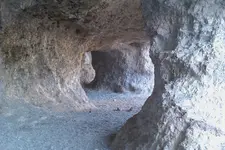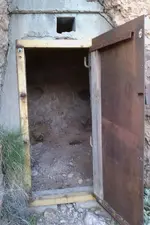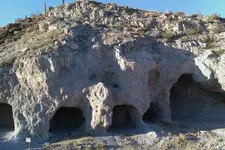jog
Bronze Member
- Joined
- Nov 28, 2008
- Messages
- 1,364
- Reaction score
- 682
- Golden Thread
- 0
- Location
- Tillamook Oregon
- Detector(s) used
- Whites MXT / GMT
- Primary Interest:
- All Treasure Hunting
Just looking for any info on mining Perlite & if it's possible to make a profit mining it small scale,wondering if anyone here has any experience at it ?
?
 ?
?Amazon Forum Fav 👍
Upvote
0







 ..........sorry for the derail but I had to put my two cents in since I consider myself an expert
..........sorry for the derail but I had to put my two cents in since I consider myself an expert  on Apache Tears...lol
on Apache Tears...lol

